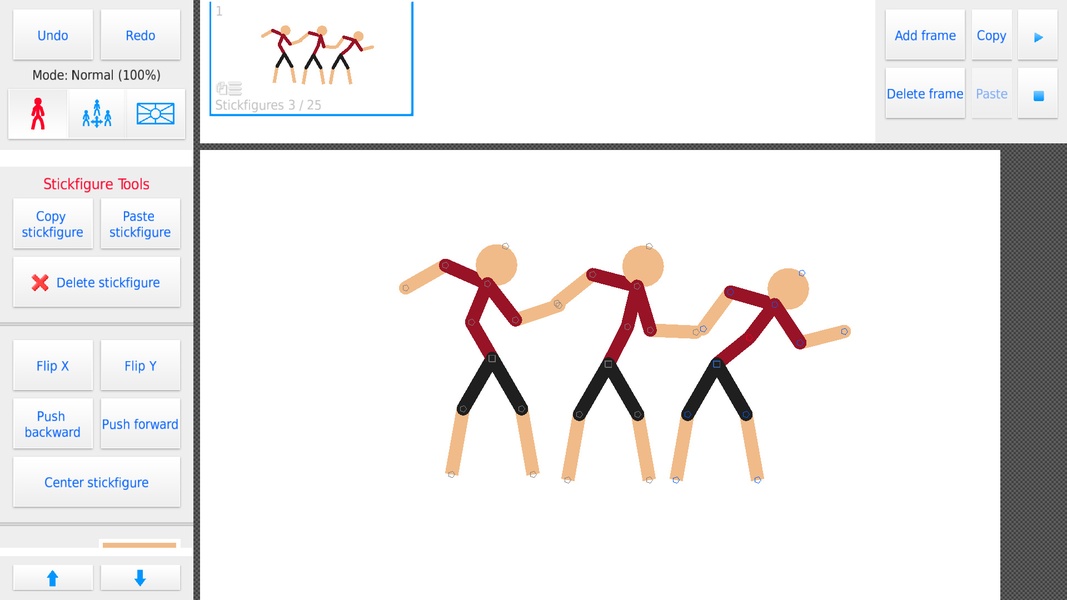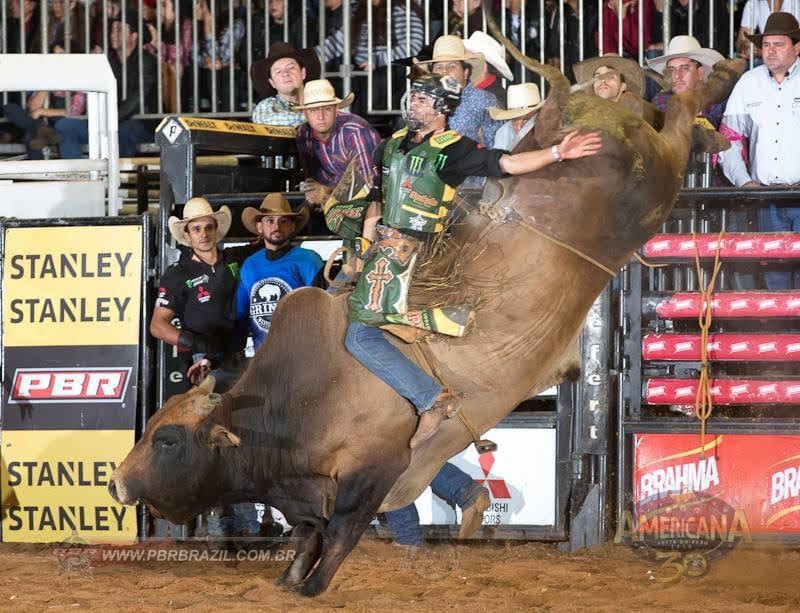Fused in sarcoma undergoes cold denaturation: Implications on phase separation
Por um escritor misterioso
Descrição
The mediation of fused in sarcoma (FUS) protein liquid-liquid phase separation (LLPS) is generally attributed to the low-complexity and disordered domains, while the role of its folded domains remains unknown. In this work we questioned the role of the folded domains on the full-length (FL) FUS LLPS and studied the influence of several metabolites, ions and overall conditions on the LLPS process using turbidity assays, differential interference contrast microscopy and nuclear magnetic resonance spectroscopy. We demonstrate that FL FUS LLPS is highly responsive to the surrounding conditions, and that overall intrinsic disorder is crucial for LLPS. To promote such disorder, we reveal that the FUS RNA-recognition domain (RRM) and the zinc-finger motif (ZnF) undergo cold denaturation above 0ºC, at a temperature that is determined by the conformational stability of the ZnF domain. We hypothesize that, in cold shock conditions, cold denaturation might provide a pathway that exposes additional residues to promote FUS self-assembly. Such findings mark the first evidence that FUS globular domains may have an active role in stress granule formation in cold stress.

Fused in sarcoma undergoes cold denaturation: Implications on phase separation

The phase separation-dependent FUS interactome reveals nuclear and cytoplasmic function of liquid-liquid phase separation

Liquid–Liquid Phase Separation and Its Mechanistic Role in Pathological Protein Aggregation - ScienceDirect

Function and Regulation of Phase-Separated Biological Condensates

Fluorescence microscope images of FUS aggregates induced by pipetting.

Temperature-Controlled Liquid–Liquid Phase Separation of Disordered Proteins

Cold shock causes energy depletion and AMPK activation. (A) COS7 cells

Fused in sarcoma undergoes cold denaturation: Implications for phase separation - Félix - 2023 - Protein Science - Wiley Online Library

Mass Spectrometry of RNA-Binding Proteins during Liquid–Liquid Phase Separation Reveals Distinct Assembly Mechanisms and Droplet Architectures

Temperature-Controlled Liquid–Liquid Phase Separation of Disordered Proteins
de
por adulto (o preço varia de acordo com o tamanho do grupo)







